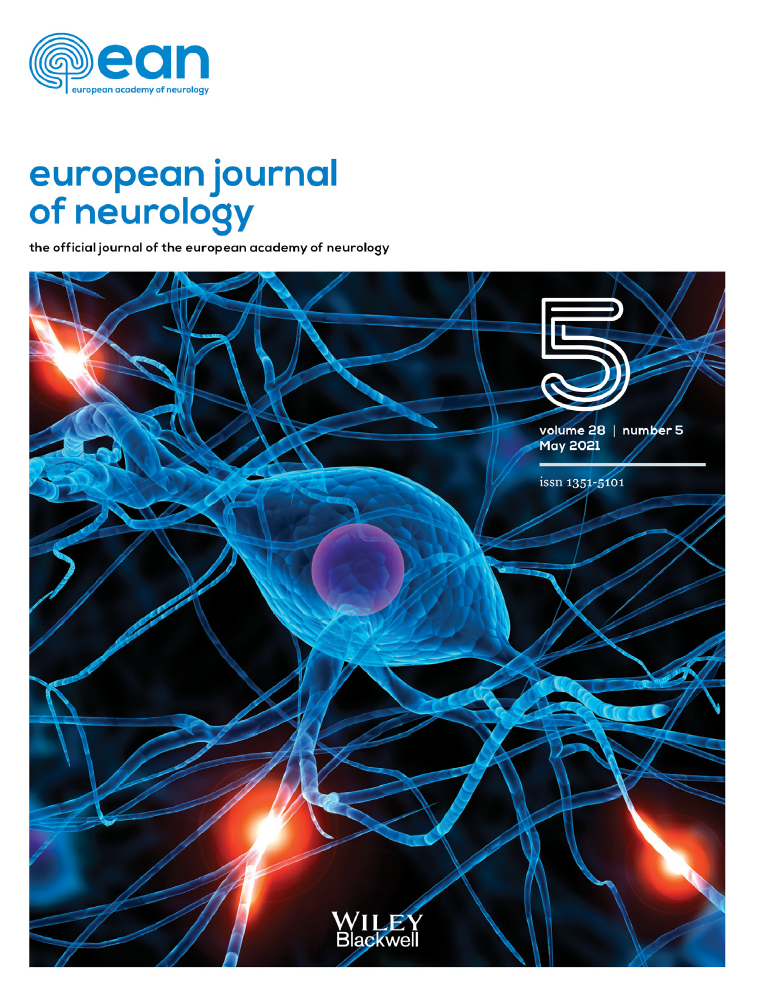Gender differences in post-stroke functional outcome at discharge from an intensive rehabilitation hospital
Funding information
The study was supported by Fondazione Don Carlo Gnocchi (Ricerca Corrente 2020) and Fondazione Cassa di Risparmio di Firenze (Bando Ricerca Scientifica e Tecnologica 2020).
Abstract
Background
Gender differences in stroke functional recovery after rehabilitation are poorly investigated. Our aim was to compare functional outcomes at discharge from an intensive rehabilitation hospital after stroke in men and women, and to analyze their prognostic factors.
Methods
Retrospective observational study of consecutive stroke patients discharged from an intensive neurological rehabilitation hospital, from January 2018 to June 2019. Modified Rankin Scale (mRS) at discharge was the main outcome measure.
Results
Among the 208 included patients (mean age 73.4 ± 13.6 years), 105 (50.5%) were women. Women were significantly older (75.3 ± 13.8 vs. 71.4 ± 13.2 years, respectively, p = 0.041), and less often had a history of smoking habit (27% vs. 50%, p < 0.001). No gender differences emerged for vascular risk factors and comorbidities, pre-stroke functional status, length of hospital stay, stroke type, and number of clinical deficits. At admission to the rehabilitation hospital, mRS score distributions were not different (p = 0.795). At discharge, mRS score distributions and destinations did not differ between men and women (p = 0.391, p = 0.785, respectively). A significant interaction between gender and the change in mRS score from admission to discharge was found (F = 6.6, p = 0.011) taking into account age, stroke type, and number of initial clinical deficits. Dividing the cohort according to age, elderly women showed a better functional recovery compared to men.
Conclusions
At admission to an intensive rehabilitation hospital, men and women presented a similar functional and clinical status and a substantial overlap of functional recovery after stroke. At higher ages, the potential for recovery appeared better in women compared to men.
CONFLICT OF INTEREST
None.
Open Research
DATA AVAILABILITY STATEMENT
Data are available from the corresponding author upon reasonable request.




